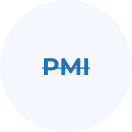Navigate Your
Mortgage Journey
with Knowledge
Ease the Path to Your Dream Home with Our Mortgage Calculator
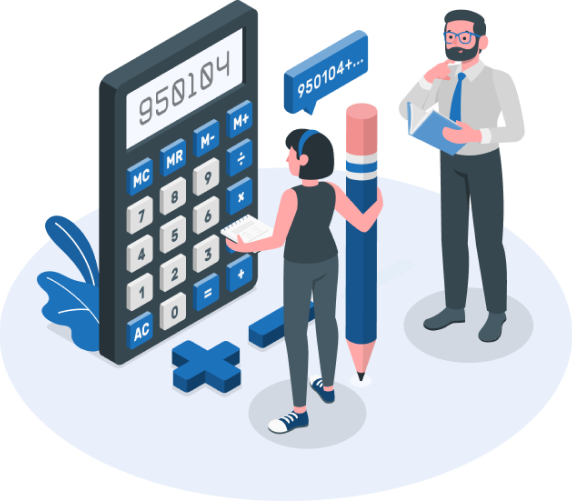
Mortgage calculators
The journey to homeownership is both exciting and stressful. You are excited about the benefits and stressed by a mortgage. The mortgage is an obligation, and nobody likes new obligations. Why would they? The obligations bring interest rates, downpayment, mortgage insurance, escrow, taxes, new bills, etc.
That’s before we talk about new appliances, roofs, and renovation.
Our Mortgage Calculators help to relieve the stress by empowering you with knowledge. Knowledge is power, remember? They streamline your path, offering a clear view of your financial road ahead. Our tools are more than number crunchers. They are your partners in planning and decision-making. Our Mortgage Calculators break down your loan options, monthly payments, and interest. They empower you to make choices that align with your financial goals and lifestyle.
Our calculators are tools and gateways to a more informed and confident financial future. They offer insights, present various scenarios, and guide you toward making well-informed decisions. Remember, while our calculators provide the roadmap, the journey is yours. You manage these tools. You ensure that the data you enter reflects your real circumstances and aspirations.

Using a Mortgage Calculator

Entering Data
Input the home price (or current value if refinancing) and down payment (or equity if refinancing). You can input either a dollar amount or a percentage of the purchase price.

Loan Term
Choose your loan term, commonly 30, 20, 15, or 10 years. The calculator will adjust the repayment schedule accordingly.

Interest Rate
Enter your expected interest rate. The calculator defaults to the average rate but can be adjusted to your specific rate.
Key Components of Mortgage Payments

Principal and Interest
These are the major parts of your mortgage payment. The principal is the borrowed amount, and the interest is what you pay the lender for the loan.
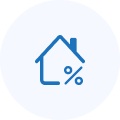
Property Taxes and Homeowners Insurance
Property Taxes and Homeowners Insurance: These are often included in monthly payments and are paid to the local tax collector and insurance carrier, respectively.

Mortgage Insurance
Required if your down payment is less than 20% of the home’s price.
Mortgage Payment
Formula
Monthly Payment (M) = [Principal (P) × monthly interest rate
(r)] / [1 – (1 + r)^-n]
 Principal loan amount
Principal loan amount
 Monthly interest rate
Monthly interest rate
(annual rate divided by 12)
 Total number of payments
Total number of payments
(years in loan term × 12)
Deciding on a House
Budget

28/36 Rule
Spend no more than 28% of your gross income on housing costs and 36% on total debt.

Example
If you earn $60,000 annually ($5,000 monthly), your maximum monthly mortgage payment should be $1,400.
Choosing the Right
Mortgage
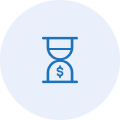
Loan Length
If on a fixed budget, a 30-year mortgage offers lower monthly payments. A 15-year mortgage saves on total interest but has higher monthly payments.

Adjustable-Rate Mortgage (ARM)
An ARM might have lower initial rates but can change over time. Suitable if you plan to stay in your home for a short period.
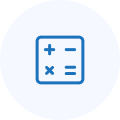
Affordability
Use the calculator to determine if the expected monthly payment fits your budget.

Next Steps
– Get Preapproved: Essential if you’re house shopping.
– Apply for a Mortgage: Understand your borrowing capacity and required down payment.

Understanding Your Mortgage
Knowing how to calculate and what factors affect your mortgage payments can lead to better financial decisions when buying or refinancing a home.
GUIDELINES

Next Steps
Private Mortgage Insurance (PMI) is typically paid until the homeowner builds up enough equity in their home to be considered a lower risk by the lender. The duration of PMI payments can vary, but here are the general guidelines:

Equity Threshold
PMI is usually no longer required once the homeowner attains 20% equity in the property. This can happen through a combination of paying down the principal of the mortgage and any appreciation in the home’s value.

Automatic Cancellation:
Under the Homeowners Protection Act of 1998, in the U.S., lenders are required to automatically cancel PMI when the mortgage balance falls to 78% of the original purchase price, provided the homeowner is in good standing with their payments.

Request for Cancellation
Homeowners can also request the cancellation of PMI once they have paid down the mortgage to 80% of the original value of the home (purchase price) or the current market value if it’s higher. This request must typically be made in writing, and the homeowner may need to provide proof of the home’s value, such as an appraisal.

Loan Type
The specifics can also vary depending on the type of loan. For instance, FHA loans have their own rules regarding mortgage insurance, which can include paying it for the life of the loan, depending on the amount of the down payment and the loan terms.

Time Frame
For a homeowner who makes only the minimum required payments, PMI typically lasts around 5 to 10 years, but this can be shorter or longer depending on extra payments towards the mortgage principal, changes in home value, or refinancing.


